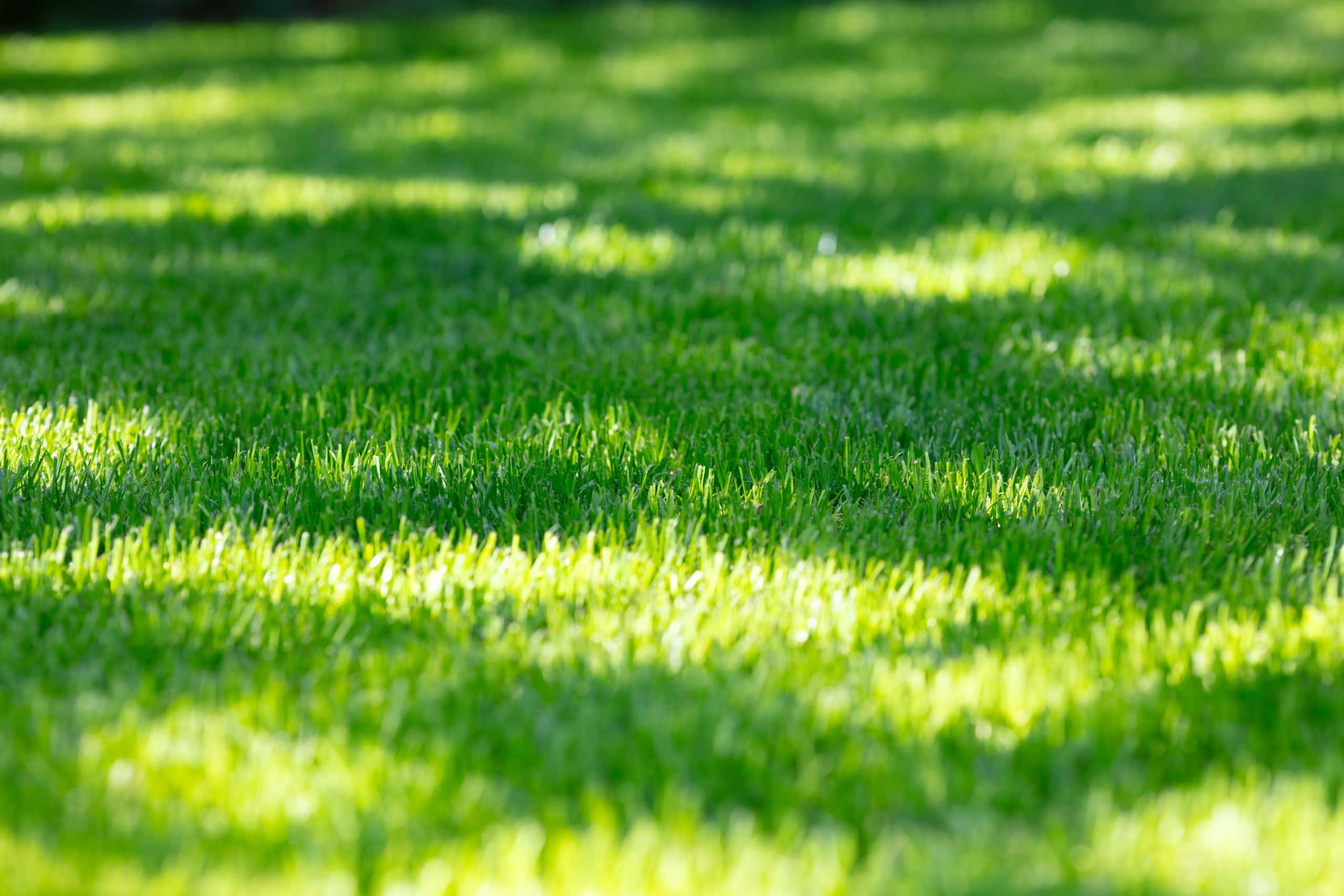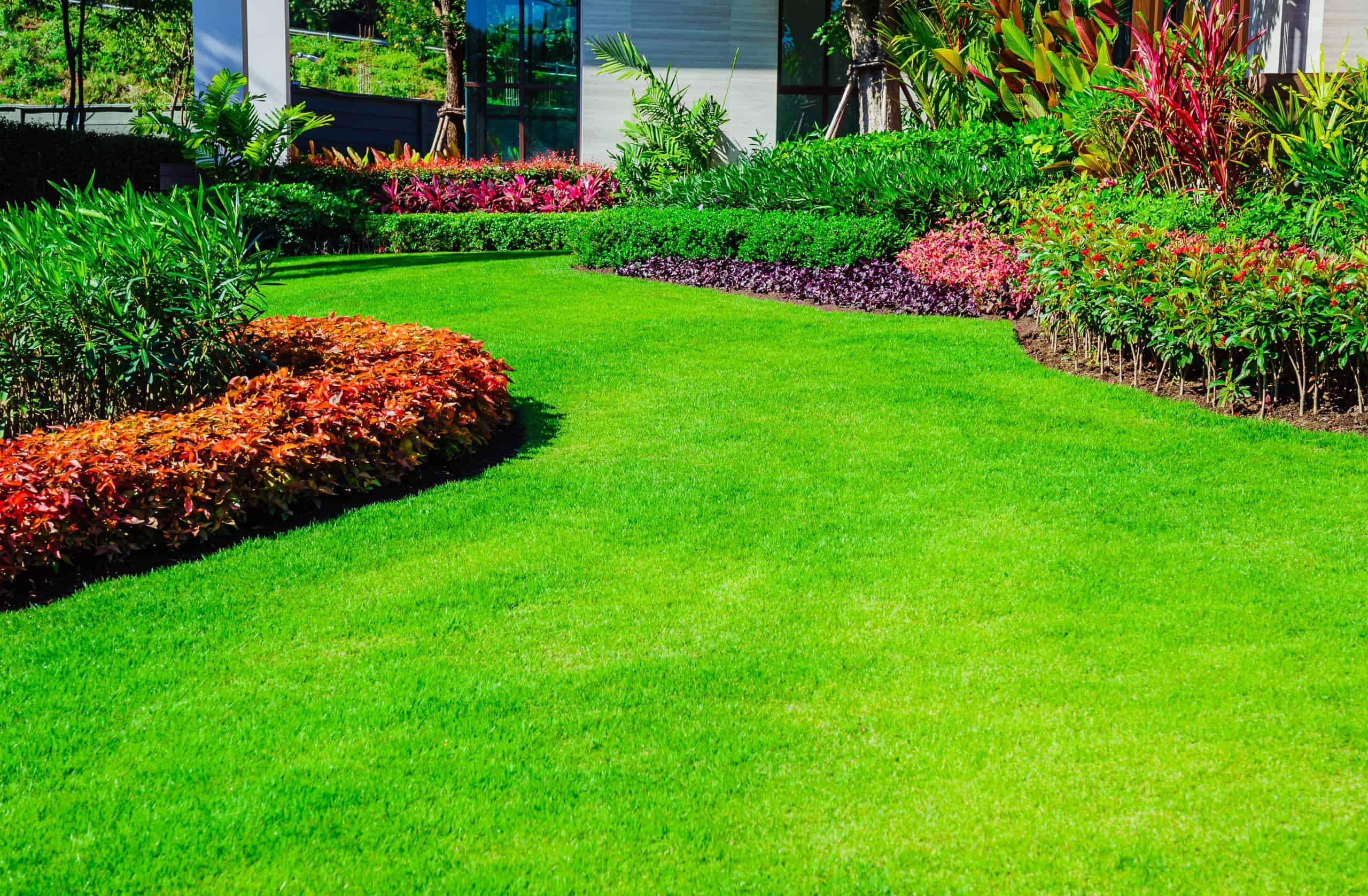Professional lawn care that keeps your property looking sharp without the weekend work.

Hear from Our Customers

Your lawn becomes the one neighbors notice. Thick, healthy grass that stays green through Long Island’s unpredictable weather patterns.
You stop worrying about brown spots, weeds taking over, or that patchy look that screams neglect. Instead, you get consistent results from people who understand what grass needs to thrive in our sandy soil and coastal climate.
No more weekend mornings spent pushing a mower or wondering if you’re fertilizing at the right time. Your lawn gets professional attention on schedule, every time, so you can actually enjoy your property instead of constantly maintaining it.
Rolling Hills Property Services Inc has been maintaining lawns across Stony Brook and the surrounding Long Island communities for years. We understand the specific challenges your grass faces here – from salt exposure to our unique soil conditions.
You’re not getting cookie-cutter service from a national chain. You’re working with people who live and work in this area, who know when to fertilize before the spring rush and how to prep your lawn for our sometimes harsh winters.
We handle residential properties throughout Stony Brook, focusing on the kind of consistent, reliable service that keeps your lawn healthy without you having to think about it.

We start with an assessment of your current lawn condition and discuss what you want to achieve. No complicated contracts or confusing service tiers – just straight talk about what your lawn needs.
Regular mowing happens on a schedule that works for your grass type and growth patterns. We’re not just cutting grass; we’re maintaining optimal height for root health and thickness. Fertilization and treatments happen when your lawn actually needs them, not when a calendar says so.
You get updates on what we’re doing and why. If we spot potential issues like grub damage or disease, you know about it before it becomes a bigger problem. The goal is simple: your lawn stays healthy and looks good without you having to manage the details.

Ready to get started?
Regular mowing keeps your grass at the right height for healthy growth. We adjust cutting schedules based on weather and growth patterns, not arbitrary weekly visits when your lawn doesn’t need it.
Fertilization programs are timed for Long Island’s growing season. Spring feeding gets your lawn started right, summer treatments help it handle heat stress, and fall applications prepare roots for winter. We use the right products for our soil conditions, not generic treatments.
Aeration opens up compacted soil so water and nutrients actually reach the roots. This is especially important in our area where foot traffic and our soil composition can create problems. Weed control targets problem areas before they spread and damage your lawn’s appearance.

Local Resources